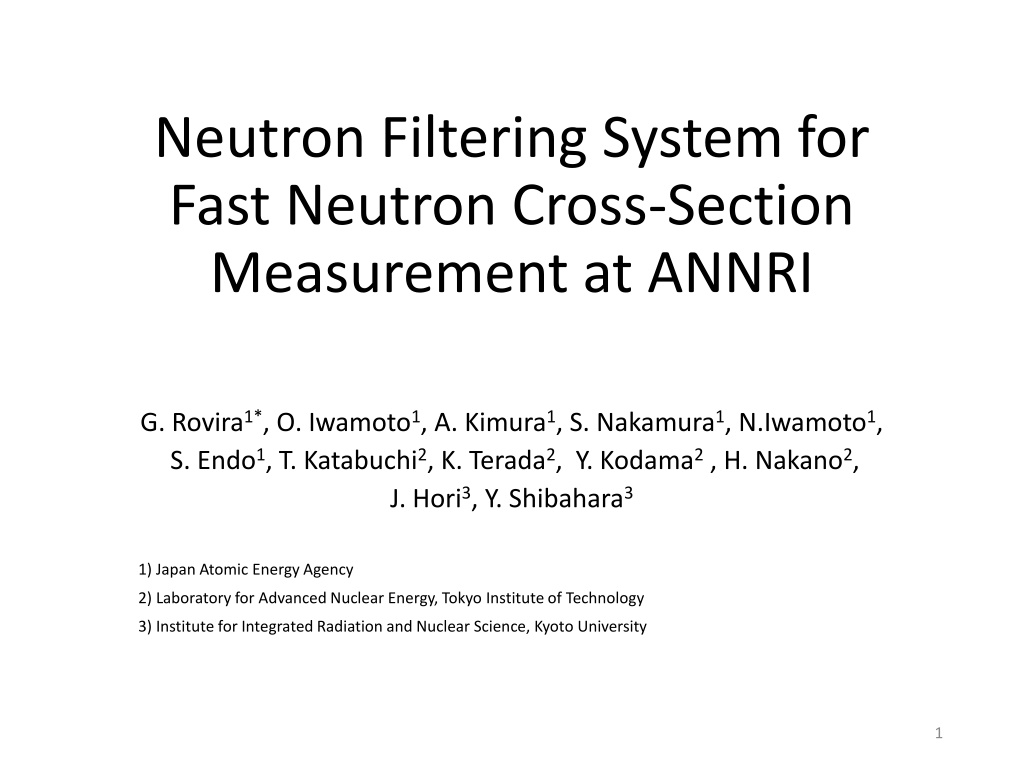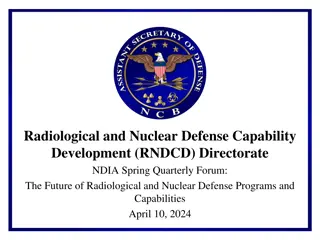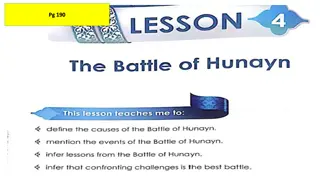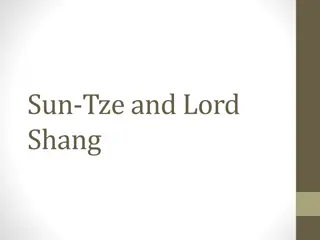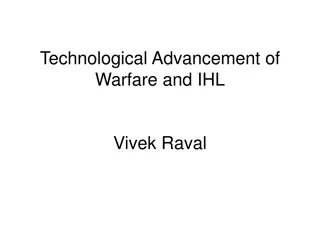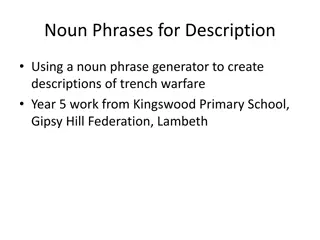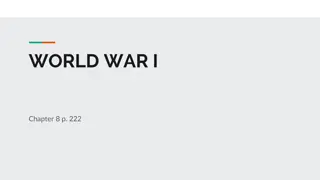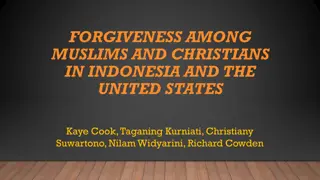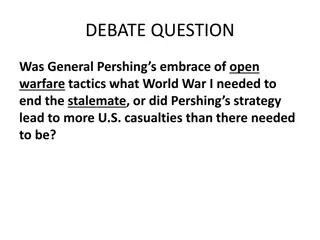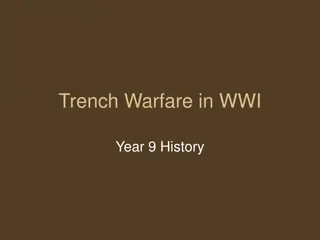Betrayal and Trench Warfare: Defense of Muslims
Treaty betrayal between Muslims and Jews near Madinah led to a battle with a 10,000-strong army against only 300 Muslims. The ingenious tactic of digging a trench by the Muslims ensured their defense, ultimately leading to the failure of the siege and establishing Muhammad's political strength in Madinah.
Download Presentation

Please find below an Image/Link to download the presentation.
The content on the website is provided AS IS for your information and personal use only. It may not be sold, licensed, or shared on other websites without obtaining consent from the author.If you encounter any issues during the download, it is possible that the publisher has removed the file from their server.
You are allowed to download the files provided on this website for personal or commercial use, subject to the condition that they are used lawfully. All files are the property of their respective owners.
The content on the website is provided AS IS for your information and personal use only. It may not be sold, licensed, or shared on other websites without obtaining consent from the author.
E N D
Presentation Transcript
Neutron Filtering System for Fast Neutron Cross-Section Measurement at ANNRI G. Rovira1*, O. Iwamoto1, A. Kimura1, S. Nakamura1, N.Iwamoto1, S. Endo1, T. Katabuchi2, K. Terada2, Y. Kodama2, H. Nakano2, J. Hori3, Y. Shibahara3 1) Japan Atomic Energy Agency 2) Laboratory for Advanced Nuclear Energy, Tokyo Institute of Technology 3) Institute for Integrated Radiation and Nuclear Science, Kyoto University 1
Background The double bunch operation pattern of J-PARC introduces serious ambiguities in the fast neutron cross-section measurements. It is very difficult to separate the contribution of each proton bunch. In the fast neutron region this difference becomes very important. Fig. 2 In the fast neutron region, neutrons detected with a certain time-of-flight (t1) can have two different energies (E1 or E2) depending on the originating proton pulse. Fig. 1 Double bunch operation pattern of J-PARC. Two proton pulses with a difference of 0.6 s are shot every 40 ms 2
Filtering System Quasi-monoenergetic can be tailored using materials that present a sharp minima in the neutron total cross-section. Neutrons only with that energy can pass through the filter material and the rest of the neutrons are stopped. Fig. 3 Quasi-monoenergetic filtered beams of 24 keV and of 54 and 144 keV can be shaped using Fe and Si respectively. Fig. 4 Fe and Si filter materials used as filters. Filter configurations of 20 cm of Fe and 20 and 30 cm of Si were tested. 3
Experimental Setup Filter materials were introduced in the rotary collimator of the ANNRI beamline. The neutron flux was obtained from Li-glass detectors and by measuring a boron sample with a NaI(Tl) spectrometer. Flight path = 27.9 m Flight path = 28.4 m Fig. 5 Overview of the ANNRI beamline. The filter material was inserted into the rotary collimator. Fig. 6 Overview of the NaI(Tl) and Li-glass detectors in the ANNRI beamline. 4
Experimental Analysis Results using the NaI(Tl) spectrometer and the Li-glass detectors present very good agreement. The peaks at the energies of 24, 54 and 144 keV are clearly isolated. The difference in Time is due to the different flight path Fig. 8 Filtered neutron beam through 20 cm of Si measured by capture and transmission experiments Fig. 7 Filtered neutron beam through 20 cm of Fe measured by capture and transmission experiments 5
Simulation PHITS calculations were performed to reproduce the experimental results. The advantage is that, with PHITS, the energy and time of the neutrons are known simultaneously. a) No Filter b) 20 cm Fe c) 20 cm Si 6 Fig. 9 Two-dimensional simulation results with no filter (a), 20 cm of Fe (b) and 20 cm of Si (c)
Time and Energy Distributions Since the time distribution simulations agree with the experimental results, the energy distribution simulations are deemed to be reliable. a) 24 keV (Fe) c) 54 keV (Si) b) 144 keV (Si) Fig. 10 Experimental time (upper) distribution compared to PHITS and Energy (lower) distribution of the gated filtered peaks for the Fe (a) and Si (b and c) filters compared to results without the filter present. The centroid energy of the filtered peak is also included. 7
Cross-section Results and Conclusions Preliminary results for the 197Au(n, ) cross-section are presented using the three filtered peaks. Results contain totaluncertainties below 5%. Conclusions Three clear filtered peaks are obtained with the filter assemblies PHITS simulations reproduce experimental results Energy distribution and centroid energy of the filtered peaks were obtained from PHITS Preliminary results for the 197Au were also presented. Filtering system is able to tailor quasi- monoenergetic neutron beams with Fe and Si Preliminary 197Au(n, ) Fig. 11 Cross-section results for the reaction using the neutron filters compared to the evaluated data from JENDL-4.0 and the standard data from IAEA. The x-axis bar of the results shows the energy distribution of the gated events obtain from PHITS. 8
EXTRA 9
Time Distribution From the two-dimensional results, the time and energy distributions can be obtained. Time distribution results with PHITS show very good agreement with experimental results. c) 20 cm Si a) No Filter b) 20 cm Fe Fig. 8 Time distribution simulation results with no filter (a), 20 cm of Fe (b) and 20 cm of Si (c) compared to neutron capture experiments 10
Experimental Analysis Capture and Transmission experiments were used to obtain the shape of the filtered neutron flux. A NaI(Tl) spectrometer and Li-glass detectors were employed for the capture and transmission experiments, respectively. Fig. 6 Filtered neutron beam through 20 cm of Si measured by capture and transmission experiments Fig. 5 Filtered neutron beam through 20 cm of Fe measured by capture and transmission experiments 11
